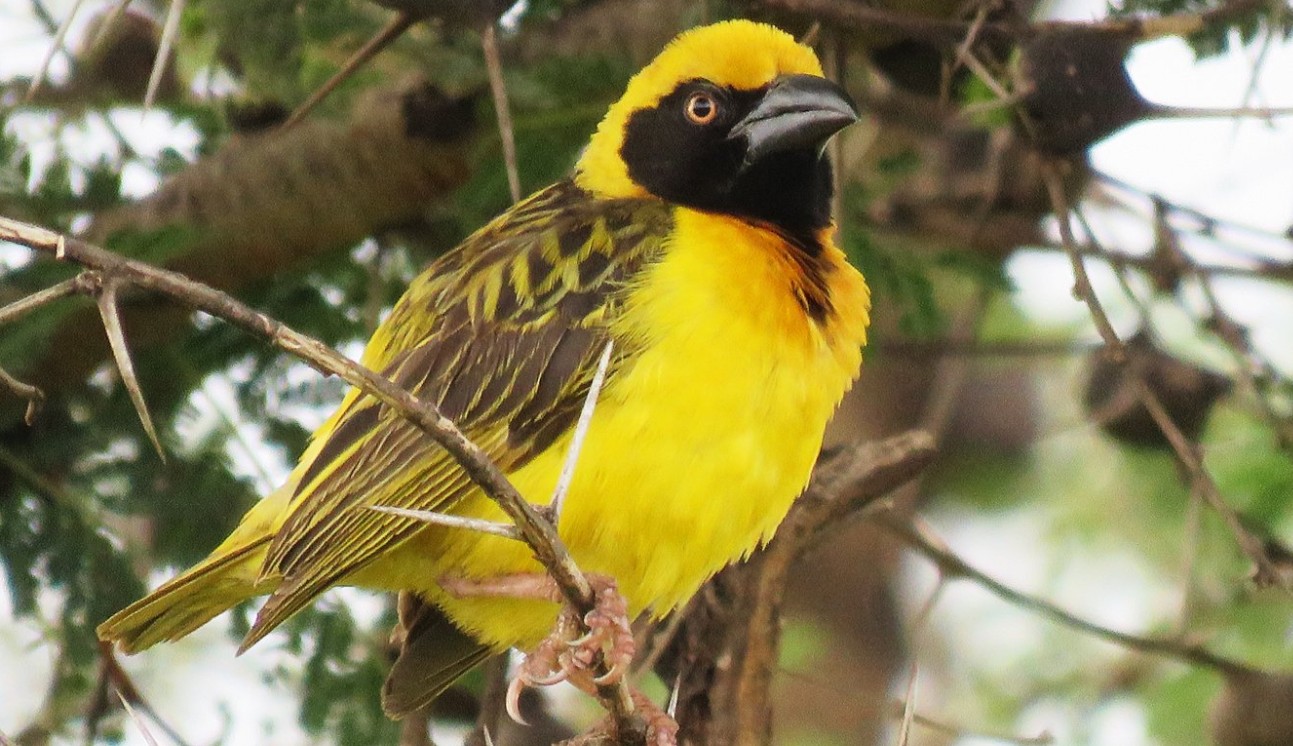
Tracking Uganda’s Fox’s Weaver
Tracking Uganda’s Fox’s Weaver, Uganda’s only endemic bird, classified as Near Threatened. It thrives in habitats like papyrus-fringed lakes, wooded grasslands, and seasonally flooded wetlands, particularly in the eastern regions such as Lake Opeta and Bisina. In May 2018, nesting pairs were spotted near Lake Bisina, suggesting a potential increase in their numbers, though further research is ongoing. Finding the Fox’s Weaver is challenging due to difficult terrain, but for nature lovers, the effort is ultimately rewarding.
The Fox’s Weaver, a bird species endemic to Uganda, was last documented in 1996 with breeding individuals noted at Lake Bisina. It was rediscovered breeding in new areas within the Lakes Bisina-Opeta catchment over the past two years. An expedition in August 2019 revealed additional breeding colonies in previously unknown locations in the region’s seasonally flooded plains. Uganda, known as a birding paradise with over 1,060 species, uniquely hosts the Fox’s Weaver, which is primarily found in the Teso Sub-region.
The species is poorly studied, previously recorded in wetlands near Lakes Opeta, Kyoga, and Bisina, favoring papyrus swamps with nearby trees for nesting. This species is thought to migrate further north to South Sudan during the dry season and primarily breeds during the major rainy season.
The population of the species is currently unknown, having first been documented in July 2018 by the Nature Uganda team during reconnaissance. A more thorough survey occurred in August 2019 across four districts, primarily observing nests during the breeding season, which peaks from May to August. However, the species’ ecology and behavior remain insufficiently studied. While it is classified as Near Threatened globally and regionally, it is regarded as Endangered in local assessments (WCS, 2016).
Nature Uganda has addressed the information gap on species ecology and behavior by collaborating with partners like the African Bird Club and Uganda Bird Guides Club. They have conducted three excursions to estimate the population, map distribution, and document habitat and breeding ecology of the species. A significant survey in August 2019 involved teams from Nature Uganda and volunteers from UBGC.
The survey for tracking Uganda’s Fox’s weaver was conducted during the peak breeding season of the bird, primarily in Katakwi District and Kapelebyong, with two main teams—the “Magoro team” and the “Katakwi team.” Additional teams included the “Kumi team,” which covered Kumi and Soroti districts, and the “Iriri team,” responsible for surveying sites in Iriri, Napak district.
The dedicated efforts of various teams led to the recording of the Fox’s Weaver in multiple locations, including Magoro, Palam, Ngarium, Ogongoja, and Iriri, with previous sightings noted in Pian Upe. No sightings were reported in Kumi and Sororti, despite earlier observations at Awoja Bridge in Soroti District. The bird was found to be breeding at all sites except Iriri. The survey revealed that the Fox’s Weaver primarily inhabits seasonally flooded grasslands dominated by the Whistling-thorn Acacia (Vachelia drepanolobium).
The breeding colony in Palam was located near stagnant water pools rather than wet areas, with acacia trees being the preferred nesting sites for the Fox’s Weaver. The highest observed populations were in Magoro and Ngarium. Nesting trees were consistently near roads, with birds commonly seen crossing or perching nearby. These survey findings are significant for understanding Uganda’s only endemic bird species.
Tracking Uganda’s Fox’s Weaver supports future studies to understand the distribution and ecology of the bird in Uganda. This knowledge will aid in mitigating threats from human activities, especially in wetlands, like farming, settlement, construction, and livestock rearing. Developing species conservation measures is crucial for ensuring the survival of the bird’s population.
